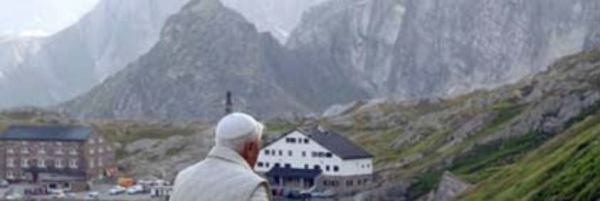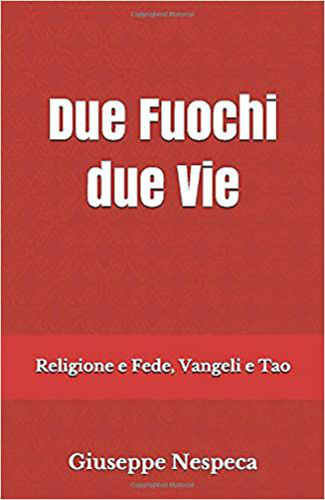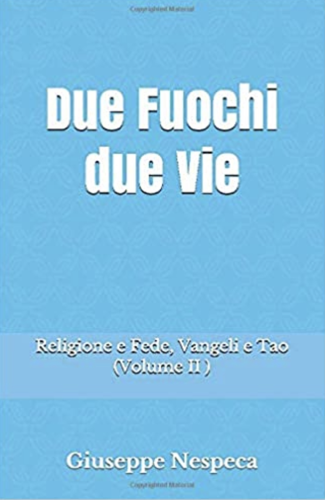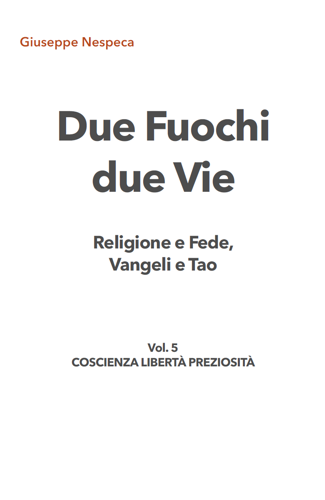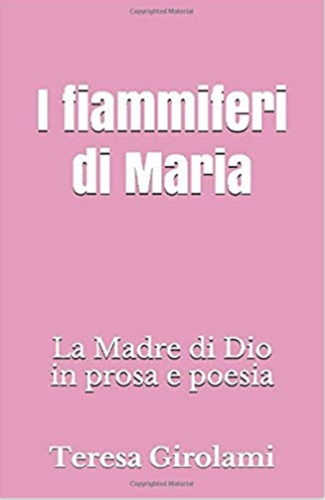In the Gospel we have just heard proclaimed there is offered a model to imitate and to follow. Against the background of the third prediction of the Passion, death and resurrection of the Son of Man, and in profound contrast to it, is placed the scene of the two sons of Zebedee, James and John, who are still pursuing dreams of glory beside Jesus. They ask him, “Grant us to sit, one at your right hand and one at your left, in your glory” (Mk10:37). The response of Jesus is striking, and he asks an unexpected question: “You do not know what you are asking. Are you able to drink the cup that I drink?” (Mk 10:38). The allusion is crystal clear: the chalice is that of the Passion, which Jesus accepts as the will of God. Serving God and others, self-giving: this is the logic which authentic faith imparts and develops in our daily lives and which is not the type of power and glory which belongs to this world.
By their request, James and John demonstrate that they do not understand the logic of the life to which Jesus witnesses, that logic which – according to the Master – must characterize the disciple in his spirit and in his actions. The erroneous logic is not the sole preserve of the two sons of Zebedee because, as the evangelist narrates, it also spreads to “the other ten” apostles who “began to be indignant at James and John” (Mk 10:41). They were indignant, because it is not easy to enter into the logic of the Gospel and to let go of power and glory. Saint John Chrysostom affirms that all of the apostles were imperfect, whether it was the two who wished to lift themselves above the other ten, or whether it was the ten who were jealous of them (“Commentary on Matthew”, 65, 4: PG 58, 619-622). Commenting on the parallel passages in the Gospel of Luke, Saint Cyril of Alexandria adds, “The disciples had fallen into human weakness and were discussing among themselves which one would be the leader and superior to the others… This happened and is recounted for our advantage… What happened to the holy Apostles can be understood by us as an incentive to humility” (“Commentary on Luke”, 12, 5, 24: PG 72, 912). This episode gives Jesus a way to address each of the disciples and “to call them to himself”, almost to pull them in, to form them into one indivisible body with him, and to indicate which is the path to real glory, that of God: “You know that those who are supposed to rule over the Gentiles lord it over them, and their great men exercise authority over them. But it shall not be so among you; but whoever would be great among you must be your servant, and whoever would be first among you must be slave of all” (Mk 10:42-44).
Dominion and service, egoism and altruism, possession and gift, self-interest and gratuitousness: these profoundly contrasting approaches confront each other in every age and place. There is no doubt about the path chosen by Jesus: he does not merely indicate it with words to the disciples of then and of today, but he lives it in his own flesh. He explains, in fact, “For the Son of man also came not to be served but to serve, and to give his life as a ransom for many” (Mk 10:45) [...]
According to biblical tradition, the Son of man is the one who receives power and dominion from God (cf. Dan7:13f). Jesus interprets his mission on earth by combining the figure of the Son of man with that of the suffering Servant, described in Isaiah (cf. 53:1-12). He receives power and the glory only inasmuch as he is “servant”; but he is servant inasmuch as he welcomes within himself the fate of the suffering and the sin of all humanity. His service is realized in total faithfulness and complete responsibility towards mankind. In this way the free acceptance of his violent death becomes the price of freedom for many, it becomes the beginning and the foundation of the redemption of each person and of the entire human race.
[Pope Benedict, address Consistory 18 February 2012]



